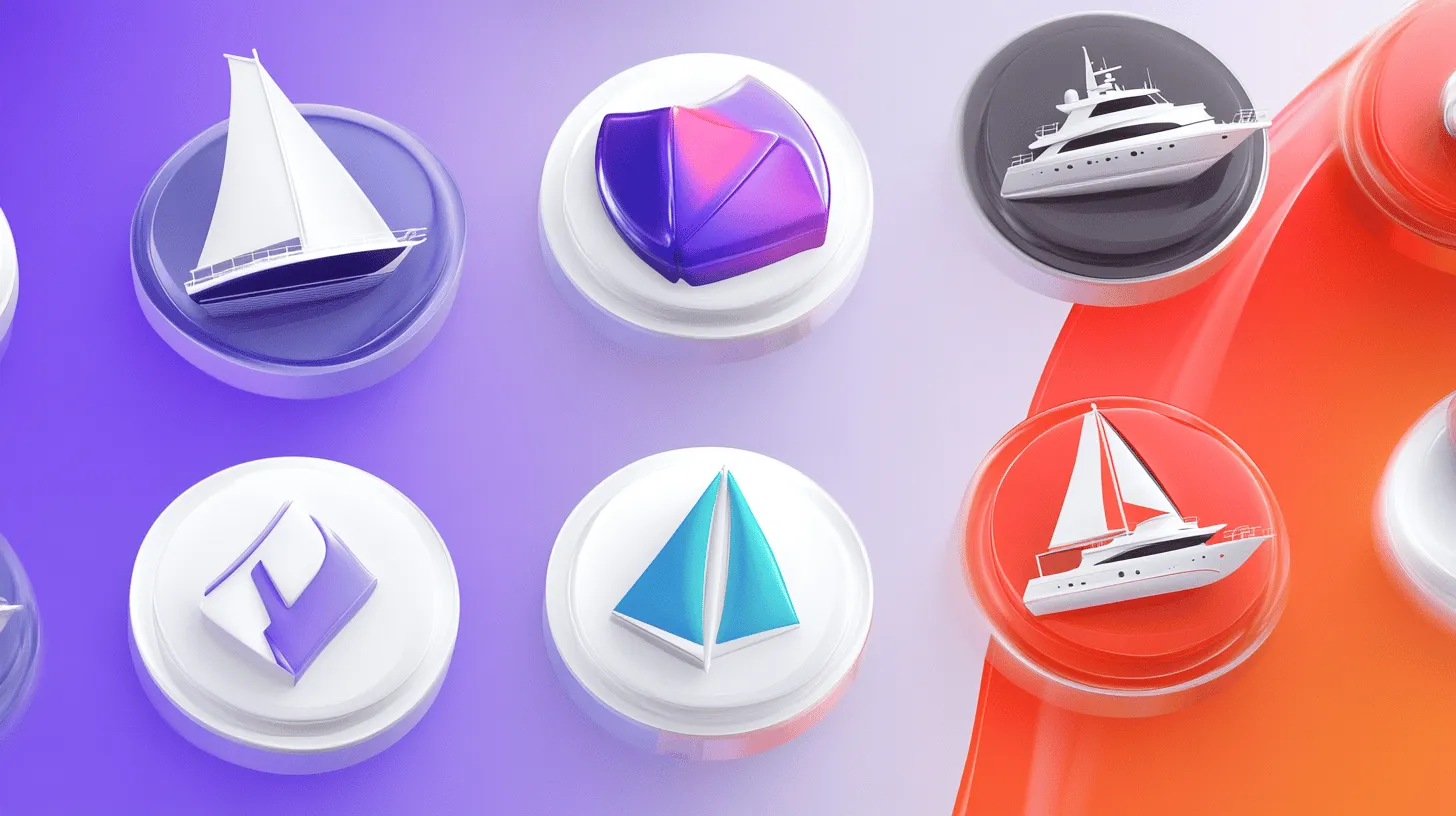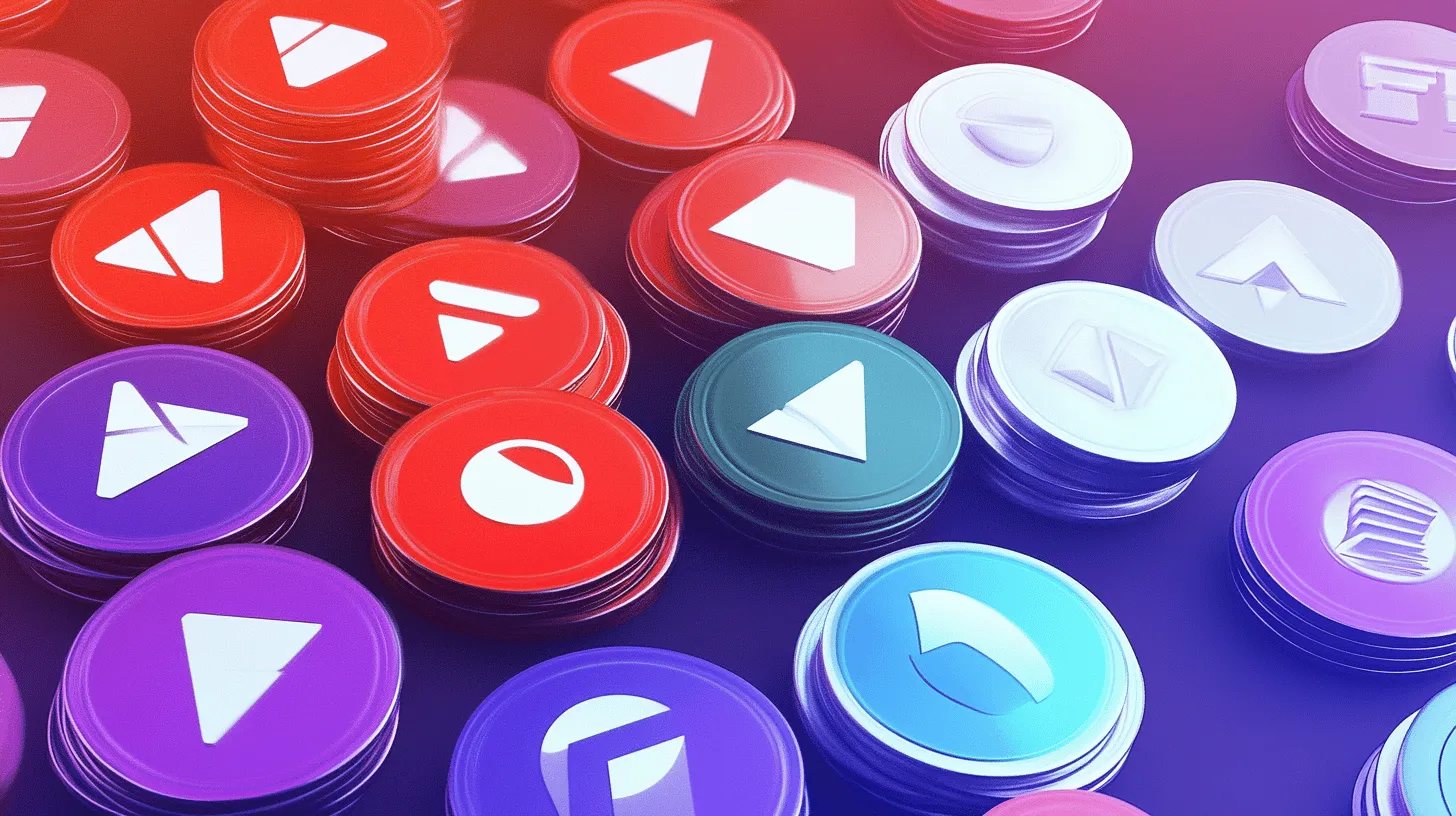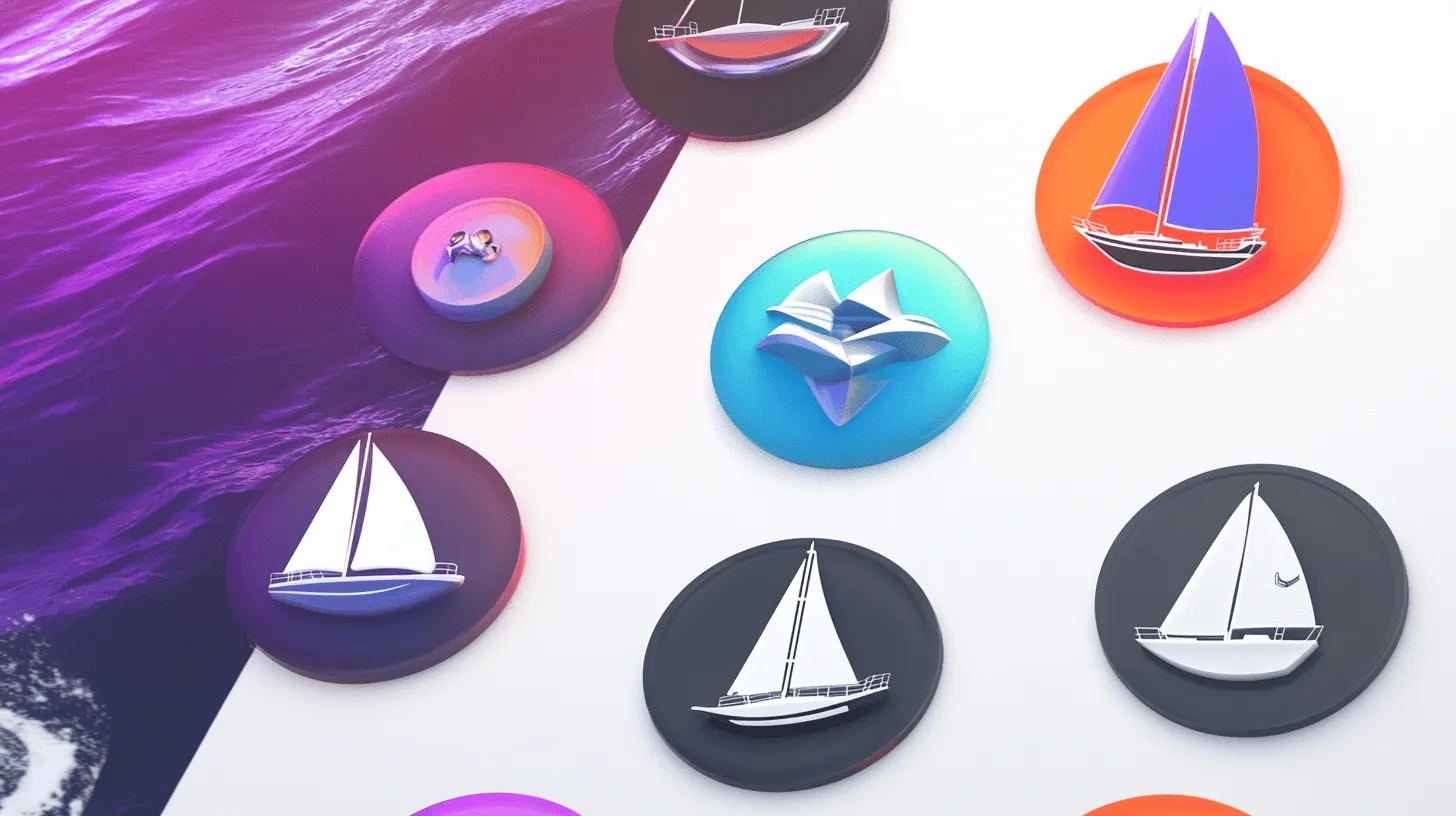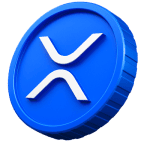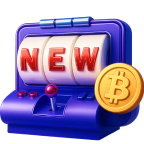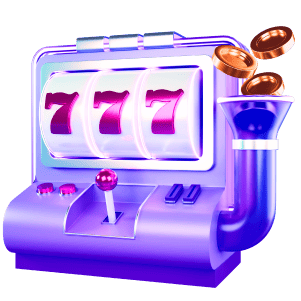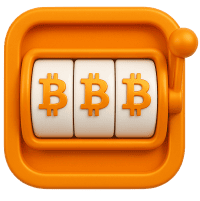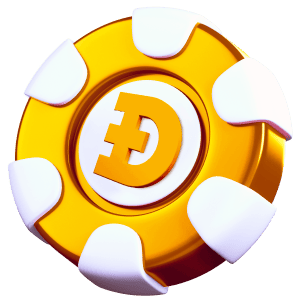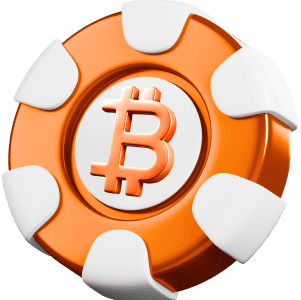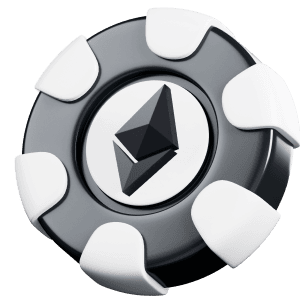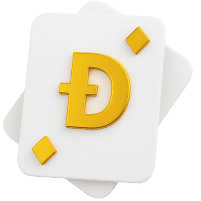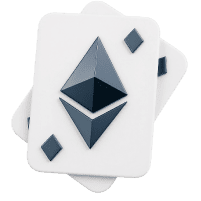Non-Fungible Tokens, or NFTs, have revolutionised the world of digital assets, opening the door to new opportunities to own, trade and monetise unique objects. Emerging as a result of experimentation with blockchain technology, NFTs have become a bridge between the physical and digital worlds, allowing ownership of artwork, gaming items, real estate and more to be secured.
But how did the idea for First NFT originate? What were the key stages that led to the creation of this innovative technology, and why has it become so popular? In this article, we’ll explore when did NFTs start, trace its evolution and explore how the concept has become a global game-changing phenomenon in the digital asset industry.
What is NFT: A Detailed Beginner’s Guide
NFT (non-fungible tokens) is an innovative technology that confirms the uniqueness and exclusive ownership of digital objects. Operating on the blockchain, NFTs secure the owner’s status as the sole owner of a particular digital asset. A blockchain is a decentralised data registry consisting of a chain of blocks where information is kept immutable and protected from manipulation. The data is distributed across multiple devices around the world, making hacking virtually impossible.
Types of tokens
Tokens in blockchain can be compared to stocks or securities in a traditional economy. There are three main categories of tokens:
Interchangeable tokens, such as bitcoins. They are all equivalent to each other, regardless of which bitcoin you use. Similar to regular money: any thousand rubles is equivalent to another thousand rubles.
Partially interchangeable tokens, an example is a railway ticket. Tickets for the same train are interchangeable, but a specific ticket for a specific seat is unique. In the digital world, it could be a ticket with specified parameters that determine its uniqueness.
Non-interchangeable tokens (NFTs), an example is unique works of art. Each NFT is attached to a specific digital object, be it a painting, a music track, or a digital character. For example, in the CryptoKitties game, each kitten is unique due to its own genetic code encrypted in the blockchain.
The practical significance of NFTs
Non-replaceable tokens allow the rights to unique digital assets to be secured, which opens up new horizons in art, music, games and other fields. Unlike traditional digital files that can be endlessly copied, NFTs guarantee the authenticity and exclusivity of an object. Original NFTs originated in 2017. If you are wondering when did NFTs become popular, it took 4 years for the technology to blow up the market. The maximum popularity came in 2020 and 2021.
History of the creation of NFT technology
NFT technology emerged in 2017, based on the smart contracts of the Ethereum cryptocurrency. Smart contracts are programmed agreements that are executed automatically when certain conditions are met. In the real world, contracts are sealed by the signatures of the parties, but in the digital world, a token fulfills this function.
NFTs were originally intended to protect the copyright of unique digital works of art. Determining the authorship of an image on the Internet is a difficult task because a digital file is easily copied, losing its uniqueness. However, with the advent of NFTs, copy history is preserved and each user can reliably identify the author and owner of the original file.
One of the first examples of a physical artwork going digital was a performance art piece by Injective Protocol. In 2021, they purchased Banksy’s stencil ‘Morons (White),’ created in 2007, for $95,000. The work was then destroyed, leaving only its digital version in the form of an NFT token.
Today, NFTs are used not only for copyright protection of digital artwork, but also for other types of content such as images, gifs, music, photos, videos, and even gaming items. The technology is also finding applications in the real world, for example to confirm ownership of cars and property. In the future, it is possible that NFTs could replace paper documents, including passports, simplifying identification and authentication processes.
NFT token standards: foundations and evolution
The history of NFTs does not stand still and new applications of the technology are emerging. New NFTs and protocols have become available.
One of the key characteristics of NFTs is standardisation, which defines the principles of token creation and functioning. This allows developers to create ecosystem-compatible tokens and also facilitates their integration into various blockchain networks. Let’s take a look at the main NFT standards and their evolution.
ERC-721: Fundamentals of NFTs on Ethereum
The ERC-721 standard developed for the Ethereum blockchain is the basis for the creation of most NFTs. This standard codifies the process of creating non-replaceable tokens, making them unique and non-substitutable. The importance of ERC-721 is that it ensures that tokens are compatible with the Ethereum ecosystem, which facilitates their widespread use. Most commonly, this standard is used to issue digital collectibles and gaming assets.
ERC-1155: Empowerment
ERC-1155 is an enhanced version of ERC-721 proposed by the Ethereum development team. This standard is based on the idea of semi-interchangeability. Instead of linking an identifier to a single asset, it refers to an entire class of assets. For example, possessing an identifier of the class ‘sword’ can mean having thousands of units of game items of the same type. ERC-1155 simplifies the management of large volumes of tokens and reduces the cost of token creation.
ERC-998: Asset pooling
The ERC-998 standard is designed to combine conventional assets with NFTs. It allows traditional fungible tokens to be bound to non- fungible tokens, which opens up interesting possibilities for sharing them. Although there are few such assets so far, the potential of this standard is great and more tokens compliant with this standard are expected in the future.
Other blockchain ecosystems
The development of NFT standards is ongoing and extends beyond Ethereum. For example, the DGoods project plans to issue multi-standard unbundled tokens compatible with various crypto networks. In turn, the Cosmos project is working on creating an NFT standard for its ecosystem, which will expand the scope of NFT beyond Ethereum.
Is it worth buying NFT now
There is no need to regret what was the first NFT, it is important not to miss out on new ones. NFT history has seen progress due to the strong demand for tokenisation of real world assets.
The decision to buy NFT in the current market environment depends on your personal goals, preferences and risk tolerance. Despite the recent market correction, NFTs retain significant potential for growth and development in the long term. However, it is impossible to predict the exact future behaviour of the market, so investors and collectors should proceed with caution and carefully analyse each project before buying.
Factors influencing the decision to buy NFT:
- Choose tokens that represent truly original and valuable digital assets, created by famous artists or important to a certain community.
- Buy tokens on trusted marketplaces with a good reputation that provide safe transactions and easy search for the right assets.
- Evaluate the future potential of the project, taking into account aspects such as community development, partnerships and integration with reality.
- Acquire NFTs that you are genuinely interested in and have personal value, not just financial potential.
Current market conditions may prove favourable for those who believe in the long-term prospects of NFTs. Firstly, the price correction provides an opportunity to purchase tokens at discounted prices. Secondly, many projects continue to grow their community and innovate, which could have a positive impact on their value in the future.
Things to keep in mind
It’s important to realise that the NFT market remains volatile and subject to risk. Before investing, be sure to conduct in-depth analyses of projects, consider economic and technological trends, and diversify your investment portfolio.
Thus, buying NFT today may be an interesting opportunity for those who see long-term value in this technology and are willing to accept the risks involved.
Conclusion
We told you who started NFTs and how the technology that emerged in 2017 has changed the modern world. When NFTs were created , there was no understanding yet of the widespread use to which tokens would be put. Everything started with pictures, the possession of which allowed to stand out from the crowd, but now NFTs solve a large number of tasks, especially in the sphere of tokenisation of real world assets.
Who invented NFTs gave an opportunity to earn not only investors and programmers, but also people of creative professions. Today tokens are used to sell paintings, music tracks, gifs, game items and even to replace paper documents when titling property and vehicles. This versatility makes NFTs an attractive alternative to traditional investments, offering the potential for significant returns with the right valuation and selection of items.
Ultimately, NFTs represent not just a temporary fad, but a full-blown technological revolution that is changing the way we think about owning, trading and monetising digital assets. The future of this technology promises to be bright and vibrant, opening new horizons for creative professionals and investors.

